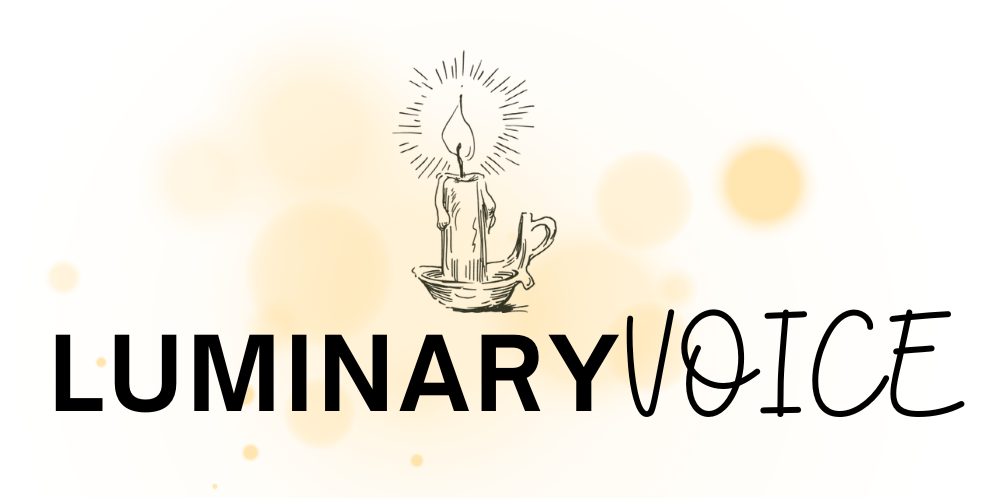Tung Tung Tung Sahur: Meaning, Origin, and Why It’s So Popular During Ramadan
If you’ve ever heard the rhythmic chant “Tung Tung Tung Sahur!” echoing through neighborhoods during Ramadan, you already know how nostalgic and energetic it feels. Whether it’s from childhood memories, viral videos, or cultural traditions, this iconic call has become a symbol of togetherness during the holy month.
But what exactly does “Tung Tung Tung Sahur” mean?
Where did the chant begin?
And why is it still popular today, even in the age of smartphones and alarms?
Let’s dive into the colorful history, meaning, and modern revival of this beloved Ramadan wake-up tradition.
What Does “Tung Tung Tung Sahur” Mean?
The phrase combines rhythmic sounds (“tung tung tung”) with the word sahur, which refers to the pre-dawn meal Muslims eat before beginning their daily fast during Ramadan.
“Tung tung tung” = the beat of a drum
“Sahur” = the early morning meal before fasting
So, “Tung Tung Tung Sahur” simply symbolizes:
A rhythmic wake-up chant calling people to sahur before Fajr (dawn).
This chant is often performed along with drumbeats or wooden percussion instruments to wake sleeping families for their pre-dawn meal.
The Origin of the Sahur Drummer Tradition
A centuries-old Ramadan practice
The concept of sahur drummers exists across many Muslim-majority countries. Long before the invention of alarms and smartphones, volunteers walked through streets beating drums to wake people for sahur.
This tradition is especially common in:
Indonesia
Turkey
Pakistan
Bangladesh
Malaysia
Middle Eastern countries
Each region has its own rhythm, chant, and style, but the energy remains the same.
Tung Tung Tung Sahur” in Indonesian Culture
In Indonesia, the sahur drummer is known as:
Patrol sahur
Pembawa bedug sahur
Sahur keliling performers
They often go door-to-door late at night or early morning, bringing drums, bamboo instruments, and even modern beats. Their chant “Tung Tung Tung Sahur” became iconic because of its simplicity and rhythm.
Why Indonesians love it:
It brings the whole neighborhood together
Creates a festive Ramadan atmosphere
Helps families wake up on time
Encourages group participation among kids and teens
Even today, many communities continue this joyful tradition.
How “Tung Tung Tung Sahur” Became Viral Online
In the last few years, TikTok, YouTube Shorts, and Instagram Reels revived this tradition.
You’ll often see:
Kids beating buckets as drums
Groups marching with bamboo instruments
Funny remixes featuring electronic beats
People performing dramatic “Tung Tung Tung Sahur!” videos
Because of its catchy rhythm, it quickly became a meme and a Ramadan soundtrack.
Why the Tradition Still Matters Today
Even though modern alarms exist, the chant continues to hold cultural and emotional value.
1. It builds community spirit
Hearing the call reminds people that Ramadan is not just about fasting, it’s about unity.
2. It preserves cultural heritage
Local traditions survive only when practiced. Sahur drumming is a beautiful example.
3. It feels more joyful than an alarm clock
No ringtone beats the rhythm of real drums echoing through the night.
4. It helps children connect to Ramadan
Many kids love joining sahur patrol groups, making Ramadan more memorable.
Modern Variations of “Tung Tung Tung Sahur”
With technology and creativity, the chant has evolved:
1. EDM and remix versions
Producers mix the chant with modern electronic beats.
2. Meme formats
People jokingly use it to wake friends, siblings, or even pets.
3. Anime or cinematic versions
Creators add dramatic sound effects for humor.
4. Loudspeaker sahur patrols
Some communities now use speakers mounted on motorcycles or pickup trucks.
How to Create Your Own “Tung Tung Tung Sahur” Moment
Whether you celebrate Ramadan or simply love the tradition, you can create your own fun sahur experience:
Use a drum or beat a pan gently
Gather a small group of friends
Create a simple rhythm: tung tung tung… SAHUUUR!
Record and post it on social media
Respect neighbors and noise regulations
It’s a fun and harmless way to share Ramadan joy, especially with kids!
Cultural Respect & Considerations
While the tradition is fun, it’s important to remember:
Avoid making noise in non-Ramadan months
Be mindful of elderly or sick neighbors
Keep volume reasonable
Follow local community rules
The goal is to wake people with joy, not disturb them.
Conclusion
“Tung Tung Tung Sahur” is more than just a chant, it’s a cultural heartbeat of Ramadan mornings.
It brings nostalgia, unity, joy, and tradition into the early hours of the day, reminding communities that Ramadan is a celebration of both spirituality and togetherness.
Even as technology changes how we wake up, this iconic rhythm continues to live on through neighborhoods, celebrations, and viral videos, proving that some traditions never fade.
FAQs About “Tung Tung Tung Sahur”
1. What does “Tung Tung Tung Sahur” mean?
It represents the rhythmic drumming sound used to wake people for sahur, the pre-dawn meal during Ramadan.
2. Is the sahur drumming tradition still practiced?
Yes! Many communities in Indonesia, Turkey, Pakistan, Malaysia, and other countries still celebrate sahur with drumming and chants.
3. Why did “Tung Tung Tung Sahur” go viral?
Its catchy rhythm, nostalgic value, and fun performance style made it a popular trend on TikTok, Instagram, and YouTube, especially during Ramadan.






